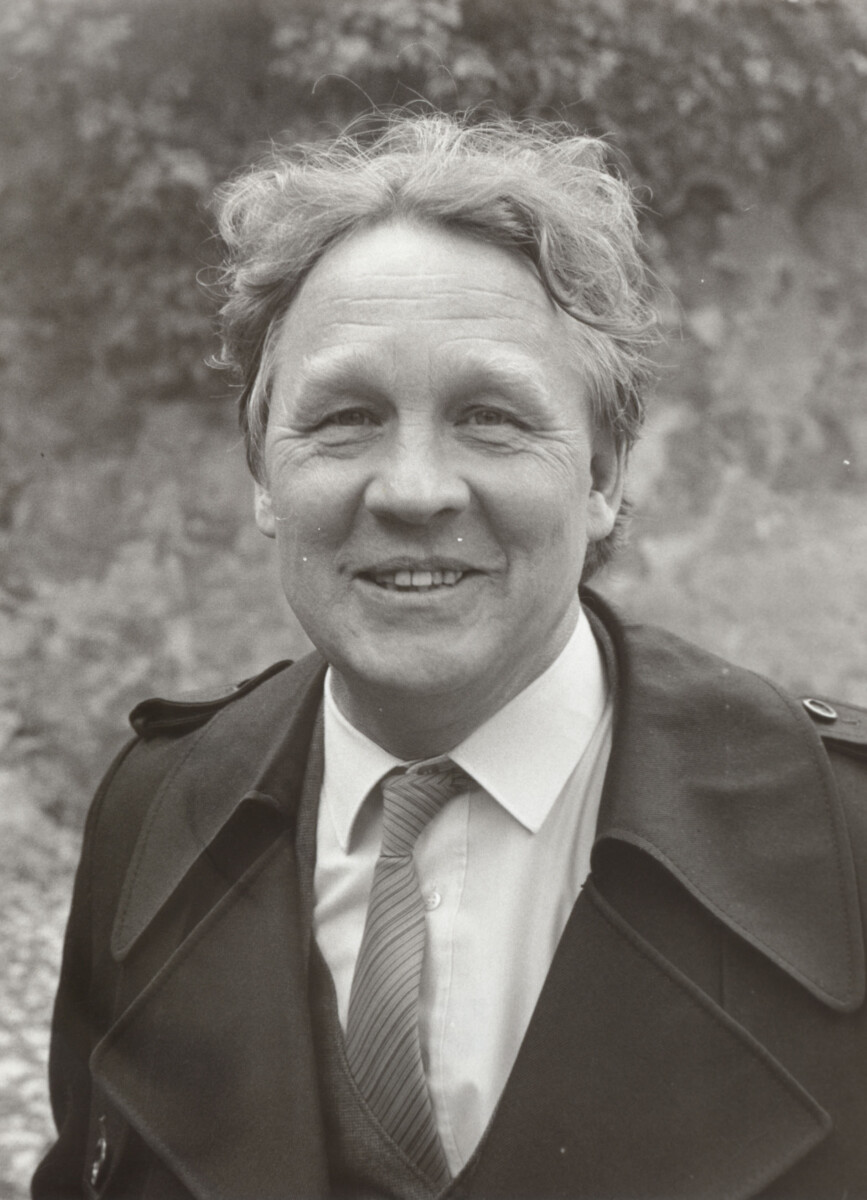Arvo Valton (1935) began his career as a writer in the 1960s. He is still a productive writer today and has been translated into many languages. He has tried his hand at all genres, from bulky novels to the briefest of aphorisms, and has also written literary criticism, plays, film scenarios, travel books, poetry and non-fiction.
Valton’s writings have varied a good deal over the years. In the 1960s, he first made his mark as a writer of short stories with grotesque and strangeness as leimotifs. Valton criticises absurd aspects of the technological revolution and its deleterious effects on beauty and art. The author is a master at suggesting a link between the bureaucracy of totalitarian regimes and examines the borders of existentialist concerns. One of the best of his short stories is Eight Japanese Women where the delicate dancers whirl between the muddy puddles of a building site, where they are being shown the achievements of human progress. Valton has also written surrealist stories (e.g. the collection Through Dream Landscapes) which possess subconscious traits of surrealism. Valton’s absurd story of a man reading a book aloud at a railway station, The Man With the Green Rucksack has been translated into Danish, English and other languages.
In the 1970s, Valton continued an interest in the early history of Europe and Asia which he had already exhibited in some of his stories, now in longer prose form in the novel Road to the Other End of Infinity (1978) where he describes a meeting between Hubilai Khan, the Mongolian conqueror and the monk Chan Chun, along with the dialogue there on differences in world view. Oriental motifs and aboriginal peoples, along with myths of the Borealis, dominate Valton’s prose in the 1980s which includes his fantasy story cycle Arved Silber’s Trip Round the World which can be treated as a love story, plus Lonely People in Time which contains six novellas in two volumes. The first of these depicts the distortion of time and space as people representing the basic prototypes of man and woman as they wander through the tenth city in the world. The theme central to these novellas is a growth of mankind out of the rut of routine into individual lives, a Taoist movement on the borderline of eternity and infinite space. In Valton’s prose, the difference between East and West becomes ever greater as the author becomes more convinced of the way the West has erred.
For ideological reasons, Valton was not for a long time allowed to publish that portion of his oeuvre which was critical of Soviet society. The author produced a selection of such banned prose in the book A Walk With the Tour Guide (1988). Valton’s recent prose includes the autobiographical novel Depression and Hope where he describes his childhood in Siberia with his parents who had been deported by the Communist regime. He was the first author of his kind to use such a theme for a novel.
He has also translated fiction from many languages.
© ELM no 22, spring 2006



